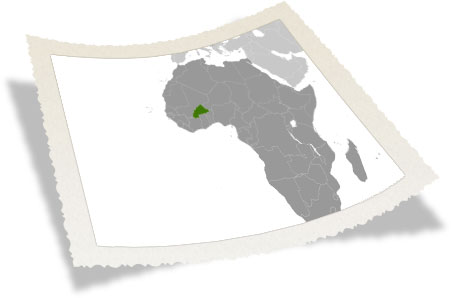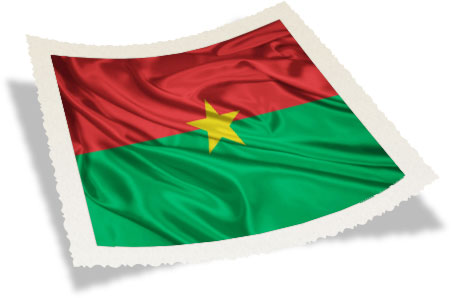With a population of 16 million, Burkina Faso is a landlocked country located in sub-Saharan Africa. It shares borders with six other countries – Benin, Togo, Ghana, Cote d'Ivoire, Mali and Niger. Over 90% of the population in Burkina Faso live in rural areas and rely on agriculture and livestock to survive.
In 1990 the United Nations created the Human Development Index (HDI), which it uses to measure the national development for countries. The HDI ranks these countries by standard of living and compares them with three basic dimensions of human development: health, education and income. In 2016 Burkina Faso was ranked 185 out of 188 countries in the world.
The country is exposed to a variety of major environmental problems. Examples include:
- Desertification: the advancement of the northern desert into the savanna due to prolonged dry seasons and severe droughts.
- Increasing levels of soil degradation from overgrazing.
- High rates of deforestation caused by rapid population growth. Deforestation not only displaces people, but also endangers species; it is the also the second biggest cause of climate change.
- Such socio-environmental issues have also played a role on the quality and supply of water.
- Only 66% percent of the urban population and 37% of rural dwellers have access to safe water.
- According to the World Health Organization, about 80% of all disease in Burkina Faso is caused by unsafe water.
- This means that half of the population of Burkina Faso is without sustainable access to an improved water source.
There are a host of social challenges facing the population (and in particular the female population) of Burkina Faso. These include:
- One of the world’s highest HIV/AIDS rates.
- No access to a local health care centre for half of the rural population.
- Some of the highest maternal and infant mortality rates in the world.
- Terrorism has had and continues to have a significant impact displacing more than 100,000 people and diminishing access to public services.
- Slow change/advancement for women’s rights, with many traditional systems considering women as chattel.
- Certain customs still dictating that female circumcision/genital mutilation be performed, often without any form of anesthesia.
- Children from 0-18 years of age representing 55.8 per cent of the population.
- 52% of girls marrying before their 20s, with half of them forced into polygamous marriages.
- School enrolment for girls remaining extremely low; nearly 3 out of 4 girls aged 15–19 have not completed 4 years of schooling, and 74% of girls are illiterate.


